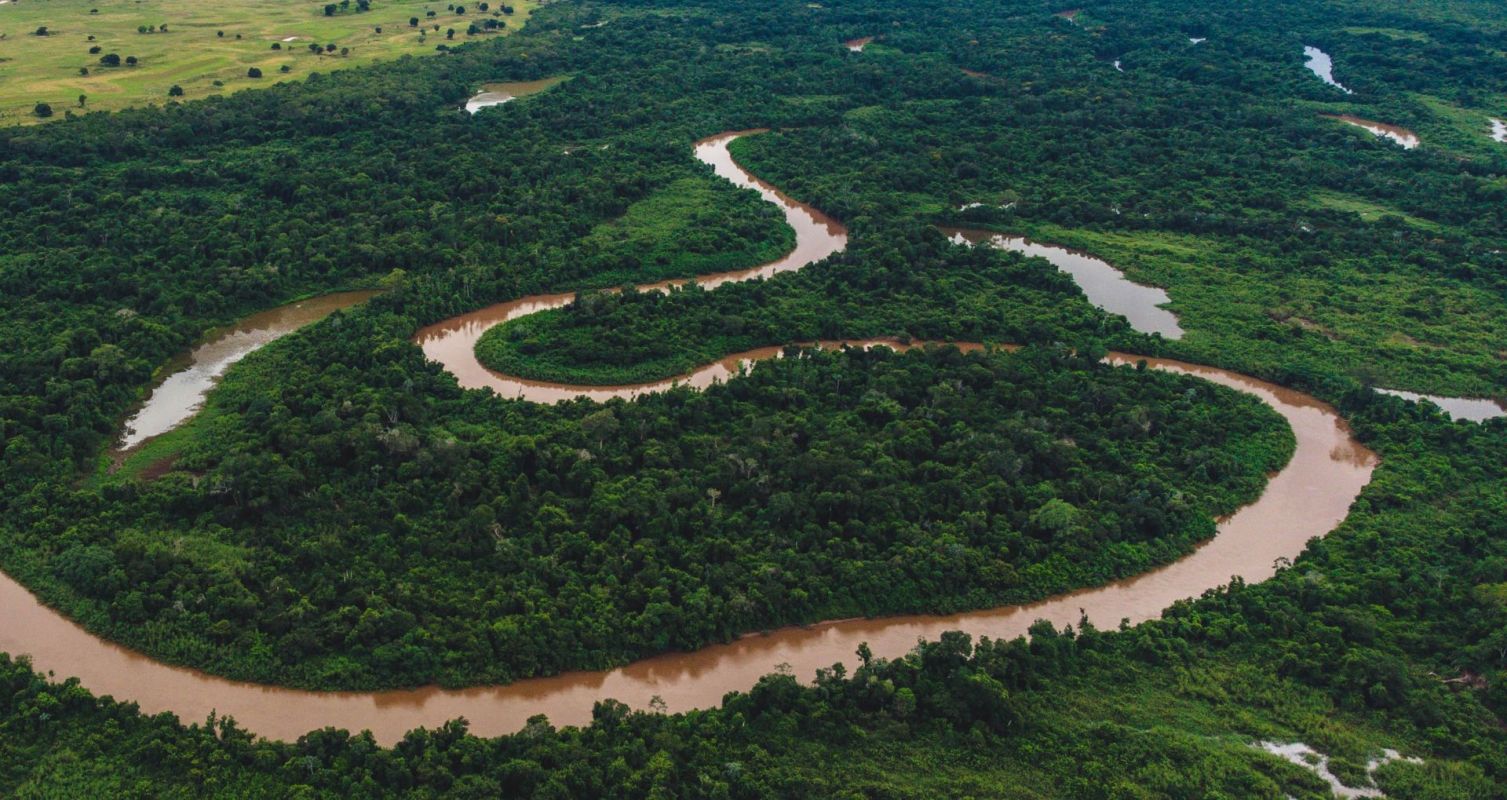Record-high water temperatures and a historic drought are likely to blame for the recent deaths of more than 100 endangered dolphins in the Brazilian Amazon.
What happened?
By late September 2023, the carcasses of at least 120 Amazon river dolphins had been found floating in Lake Tefé, a tributary of the Amazon River in Brazil.
"It's still early to determine the cause of this extreme event," said experts at the Mamirauá Institute, a research facility funded by the Brazilian Ministry of Science, as reported by CNN, "but according to our experts, it is certainly connected to the drought period and high temperatures in Lake Tefé, in which some points are exceeding 39 degrees Celsius (102 degrees Fahrenheit)."
Why is the dolphin die-off concerning?
The Amazon is the world's largest waterway, according to CNN, and it supports a plethora of wildlife, like the Amazon river dolphin and at least 3,000 species of freshwater fish. Currently in its dry season, a number of species are suffering from record-high temperatures.
By late September, the rotting corpses of dead fish floated atop some of the Amazon's winding rivers, even contaminating local water supplies and affecting more than 110,000 people, Al Jazeera reported.
River dolphins serve as an indicator of waterway health — if they are thriving in a particular area, it's likely that the overall river system is flourishing. As such, a mass die-off like this is not great news for the Amazon.
Only six species of river dolphins remain in the wild, and all of them are endangered or critically endangered, per the World Wildlife Fund (WWF).
Scientists don't know how many Amazon river dolphins are out there, but it's likely to be in the tens of thousands, according to the WWF. This means the species is classified as endangered by the International Union for the Conservation of Nature.
The Amazon river dolphin is already threatened by development projects, which can fragment its habitat, among other things. Mercury poisoning due to gold mining, as well as poaching for use as fish bait and meat, also endanger the species.
After their reports, authorities expected more drought and possibly more dolphin deaths.
What's being done about the dolphin die-off?
Researchers and activists are trying to save any surviving dolphins by transferring them to areas with cooler waters. However, the remoteness of the area makes rescue efforts challenging.
Plus, "Transferring river dolphins to other rivers is not that safe because it's important to verify if toxins or viruses are present [before releasing the animals into the wild]," André Coelho, a researcher with the institute, told CNN Brasil.
Conservation groups worldwide are also part of a larger effort to protect river dolphins through community engagement, research and monitoring, conservation, and threat mitigation. For example, a community-based ecotourism initiative in the Colombian Amazon trains fishermen to take tourists on dolphin-spotting trips to generate income.
Join our free newsletter for cool news and cool tips that make it easy to help yourself while helping the planet.









